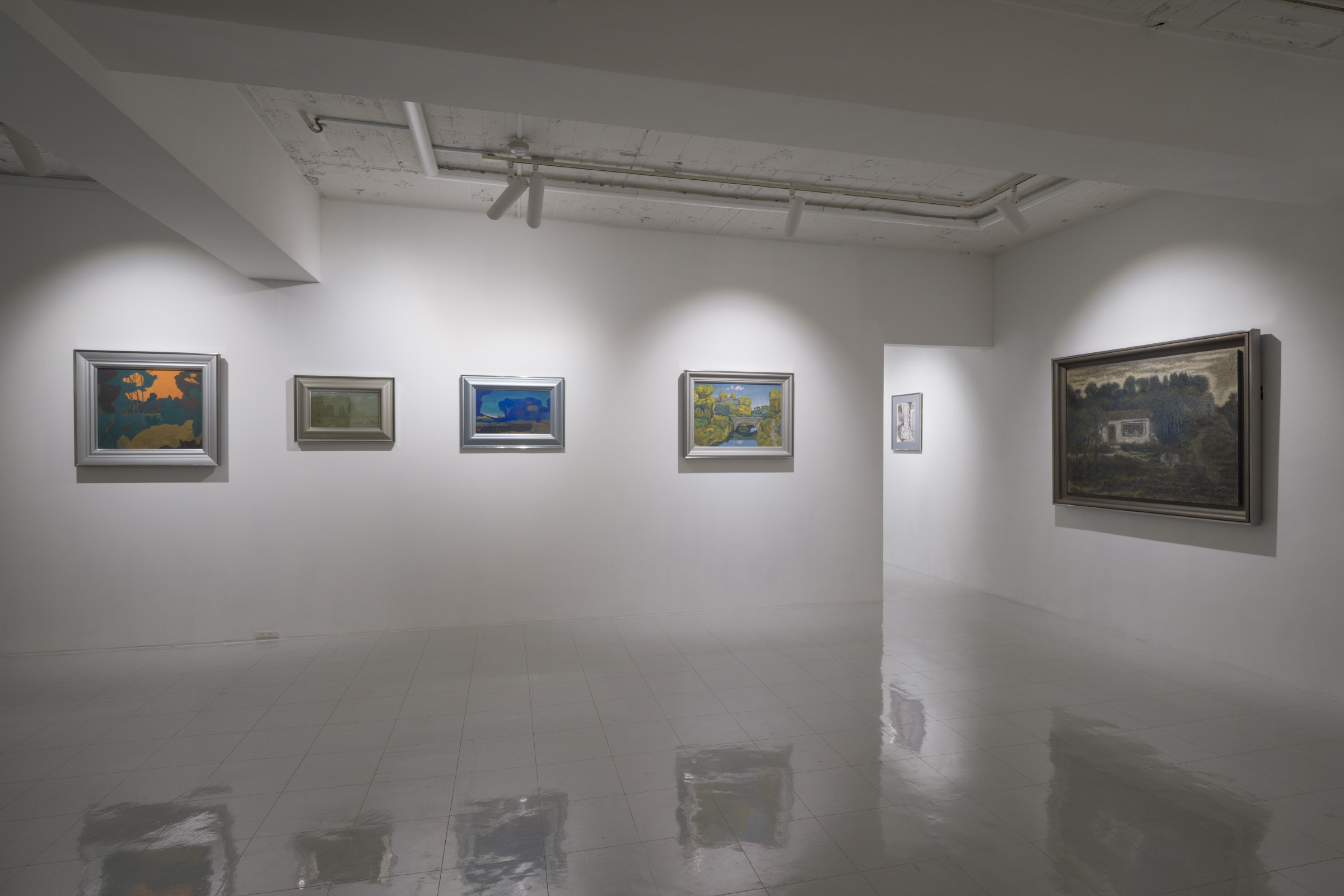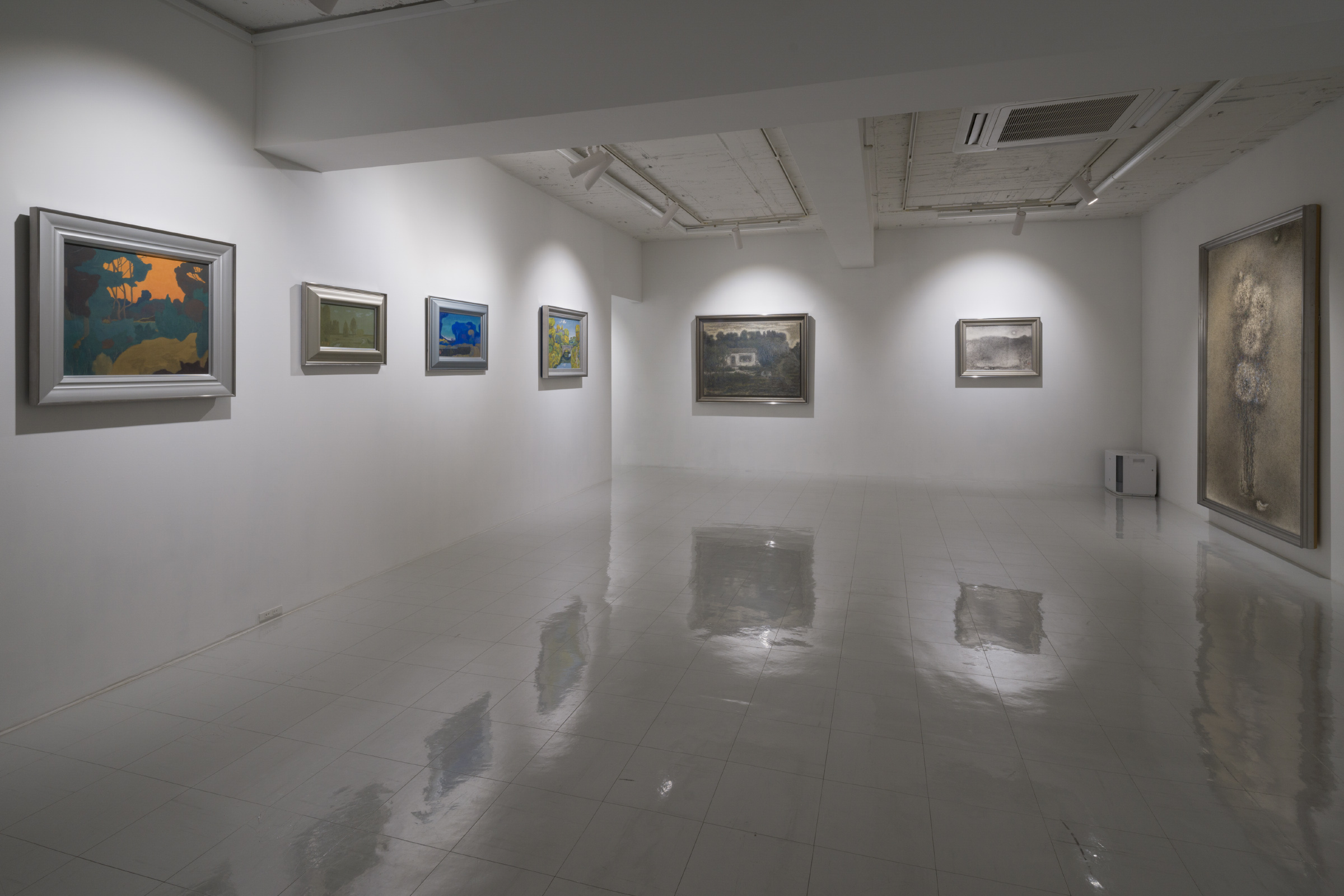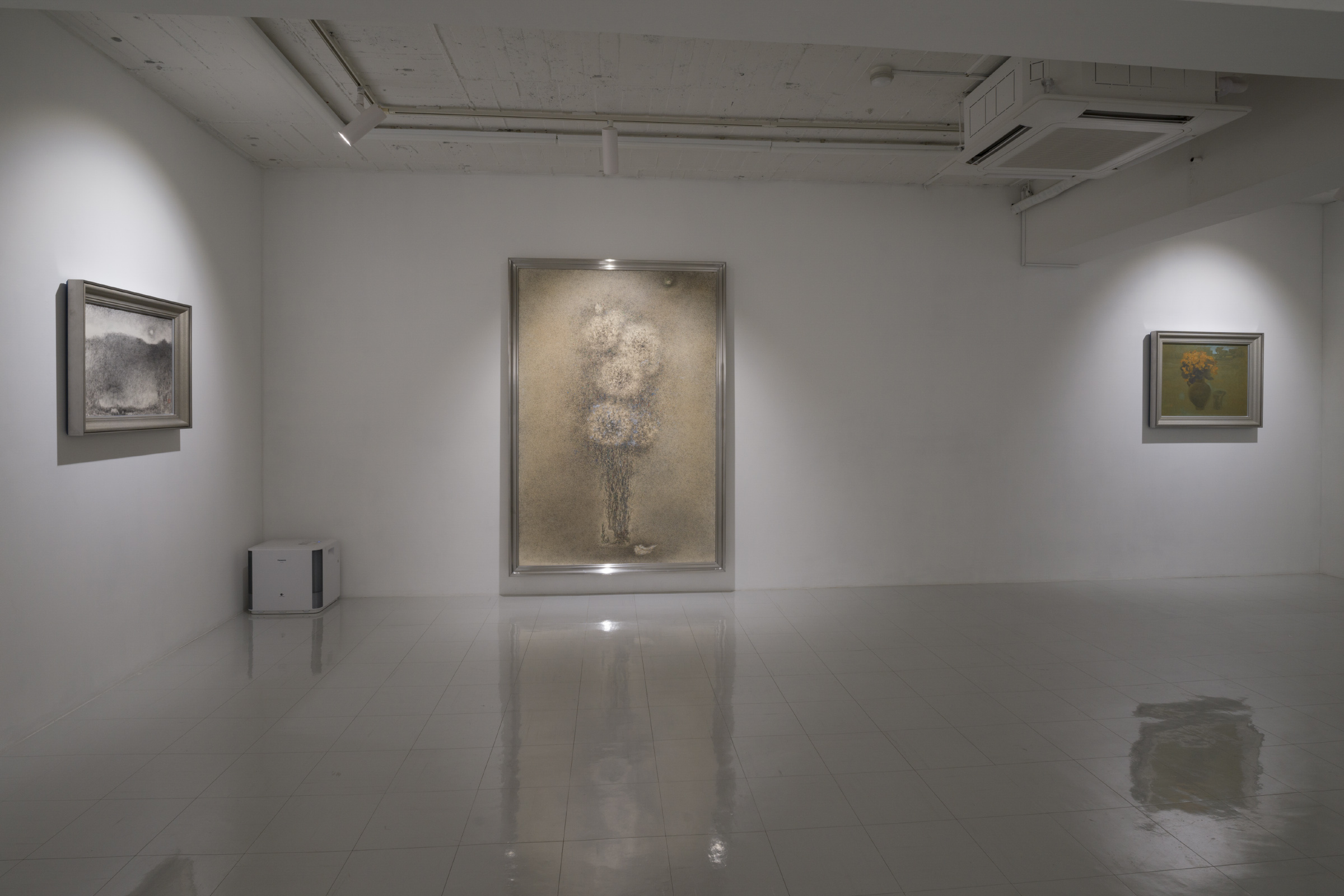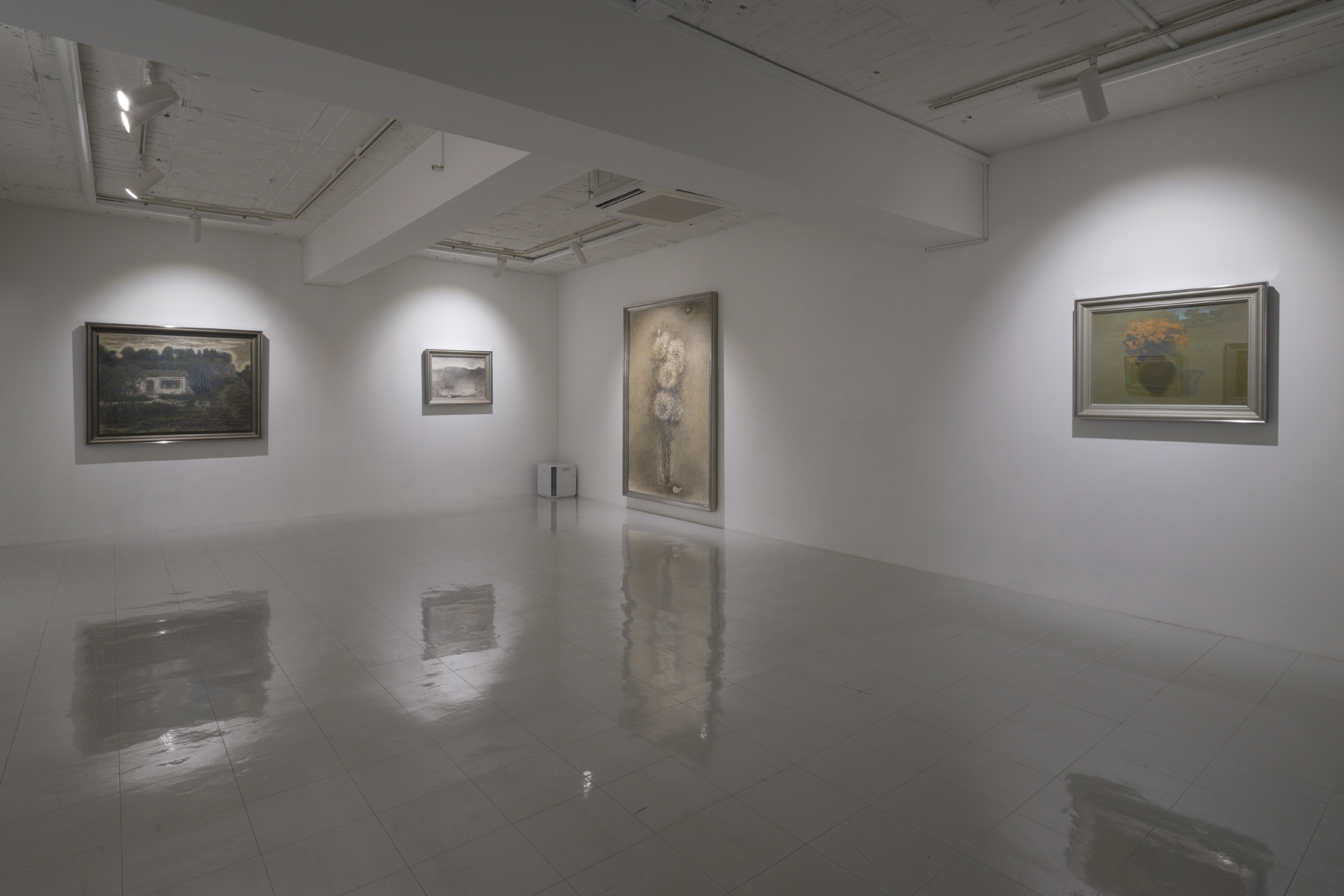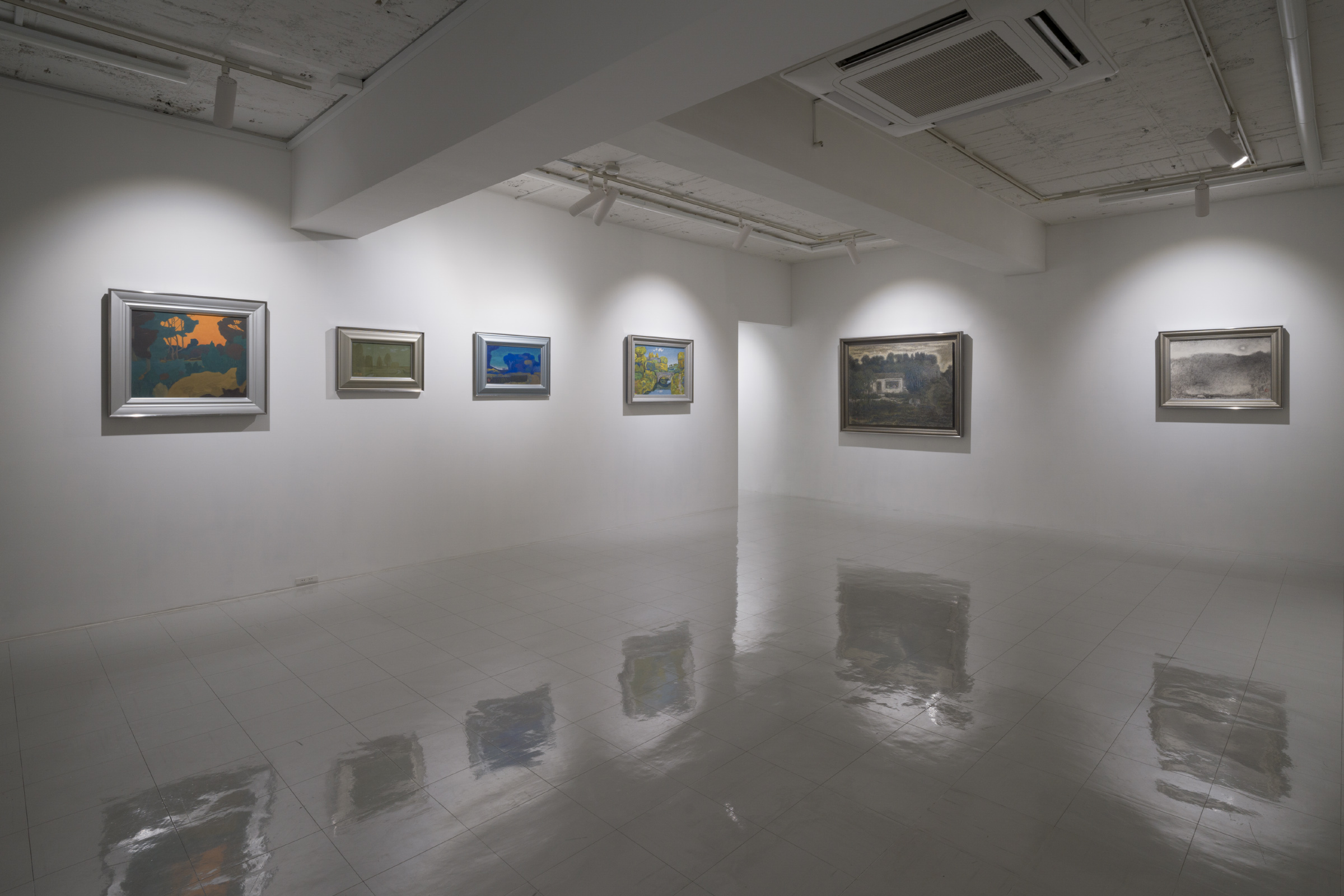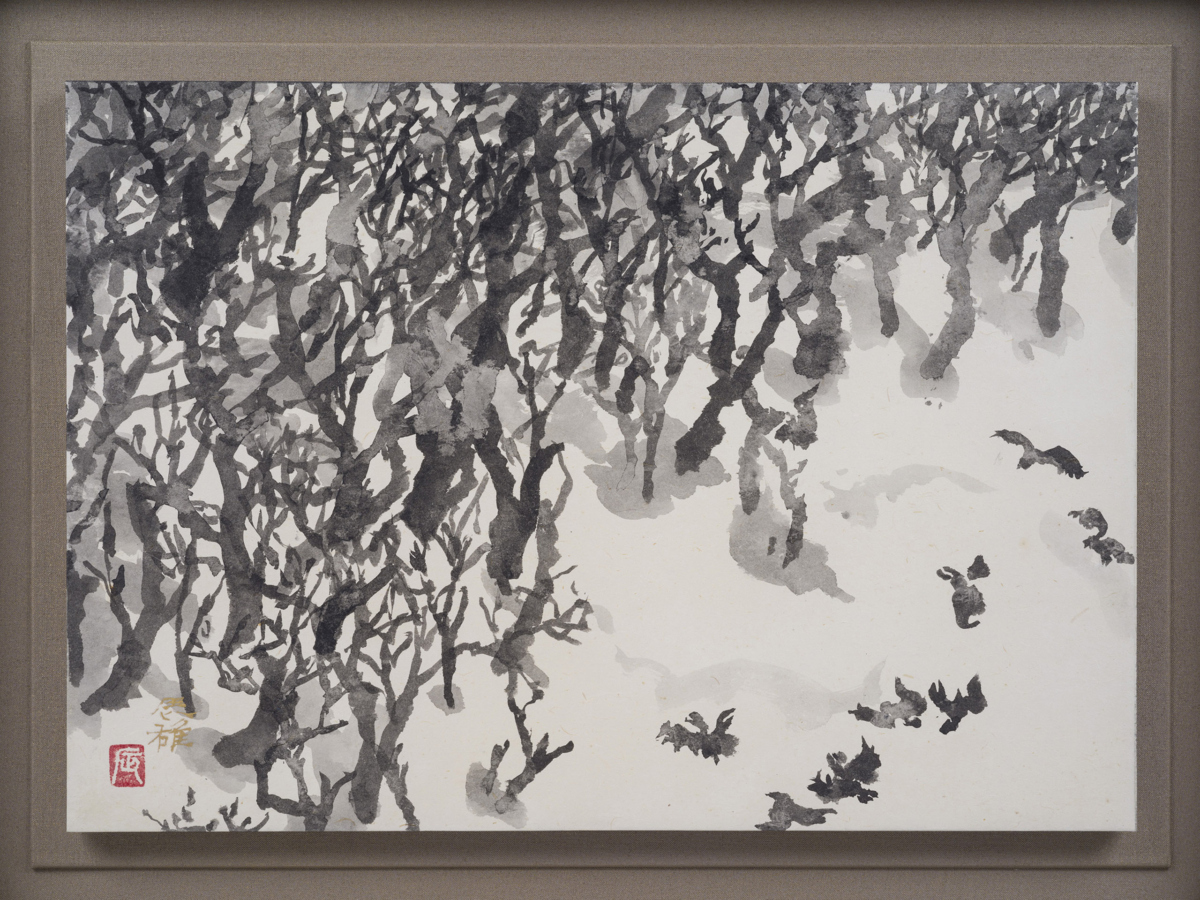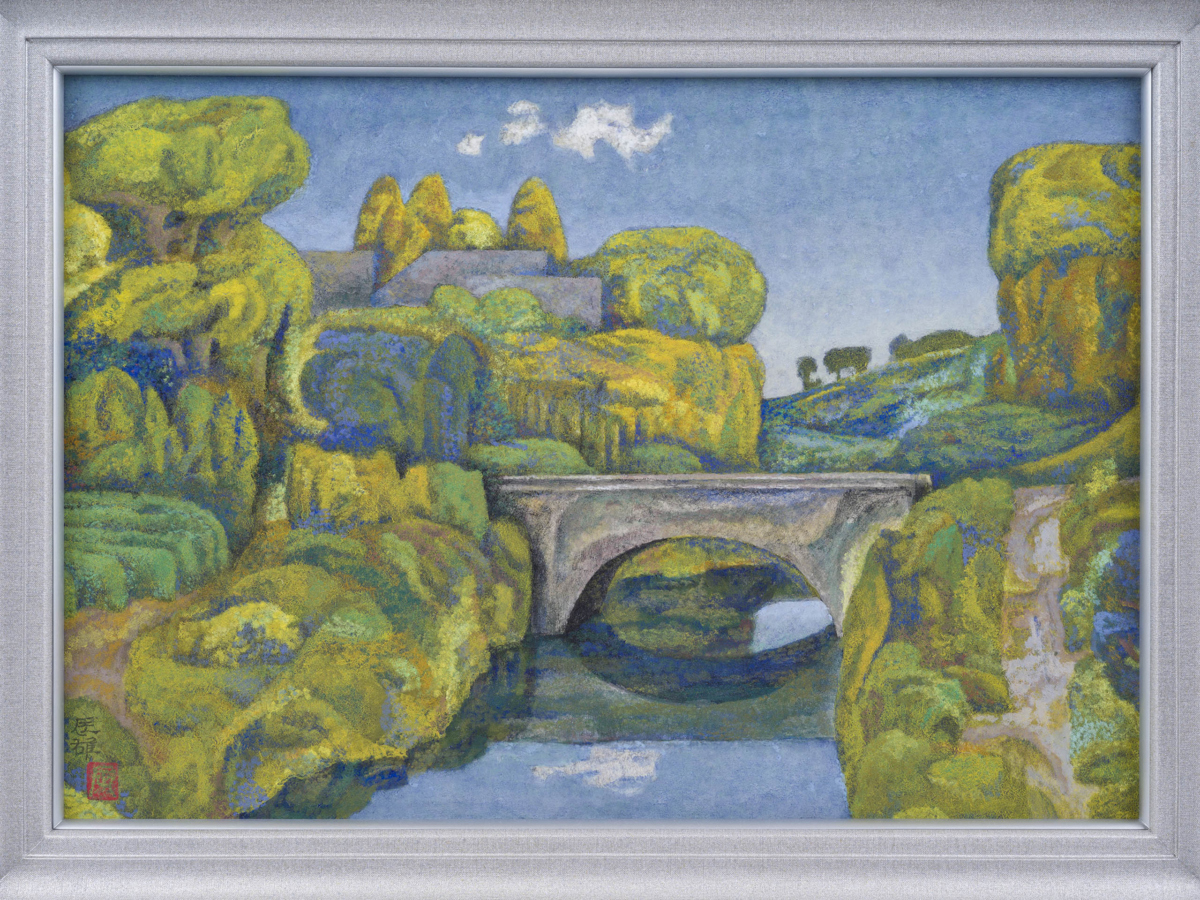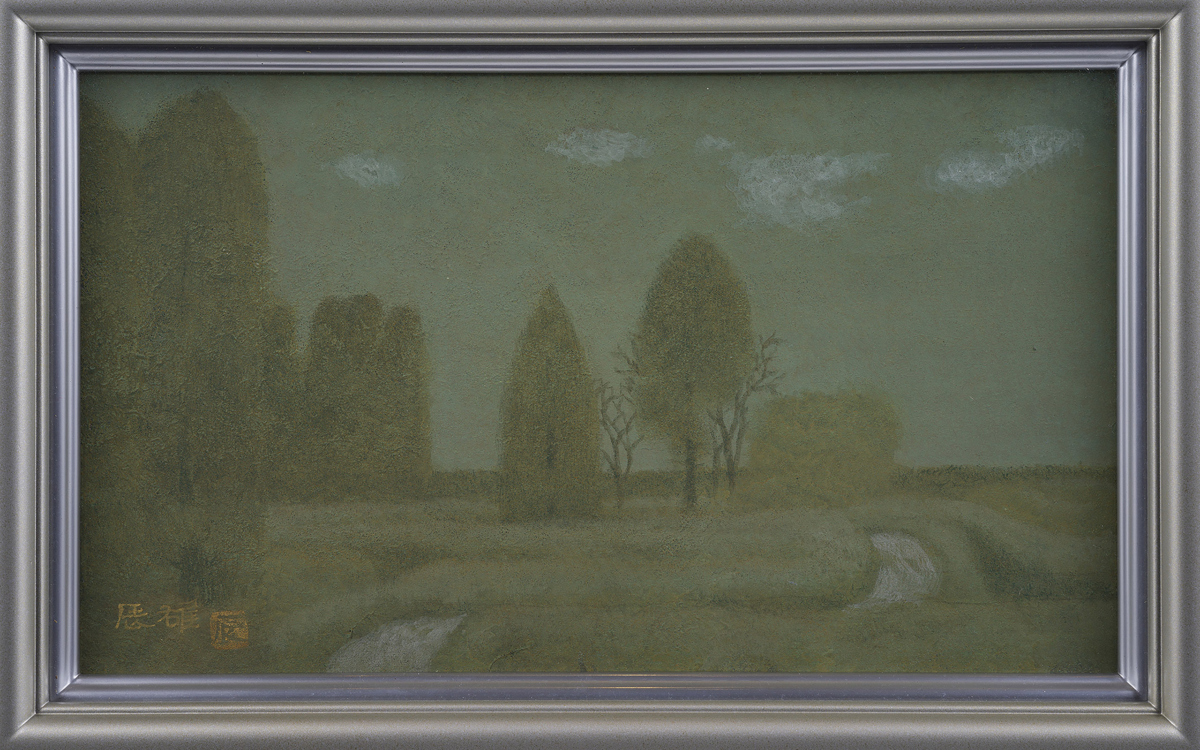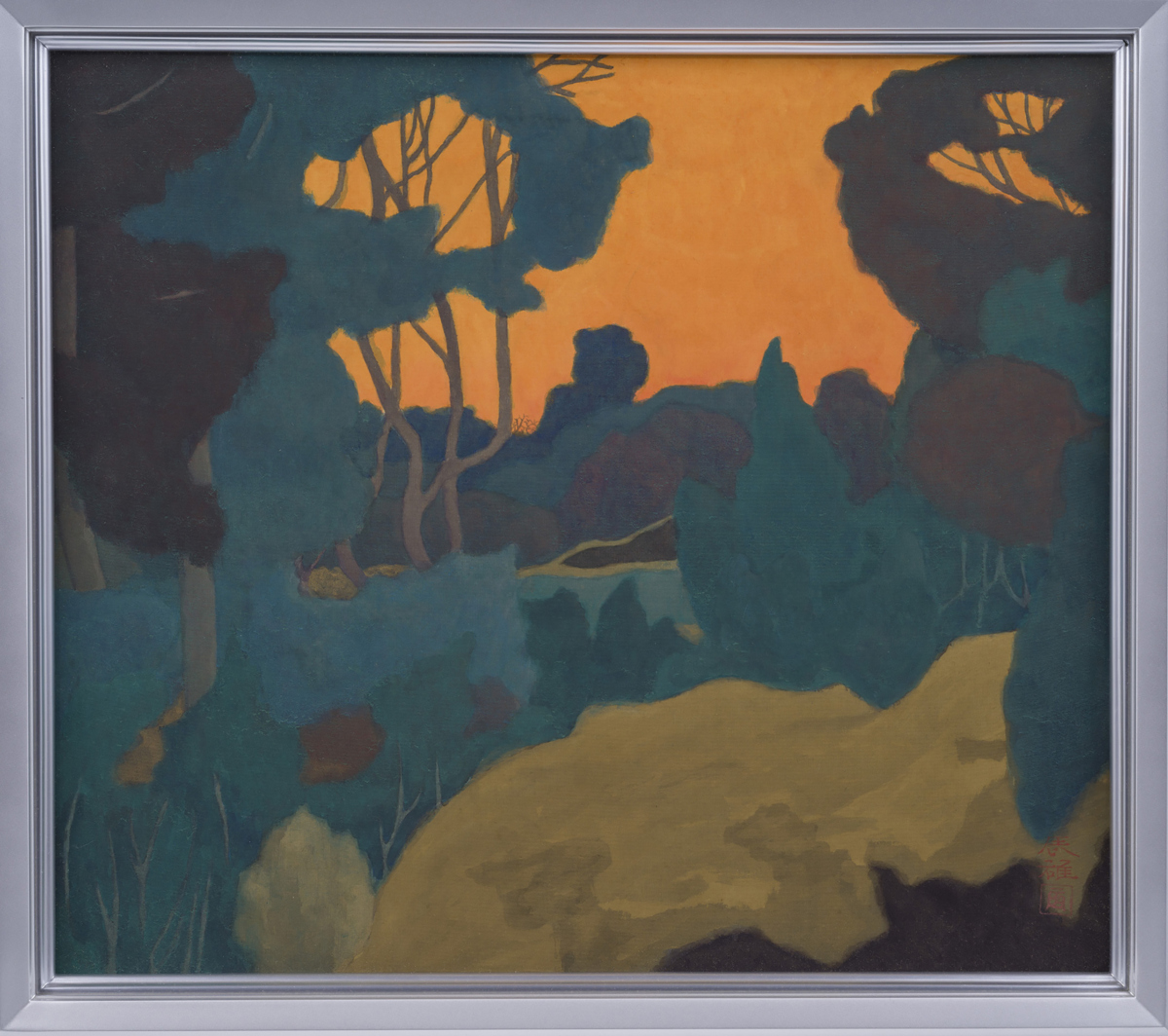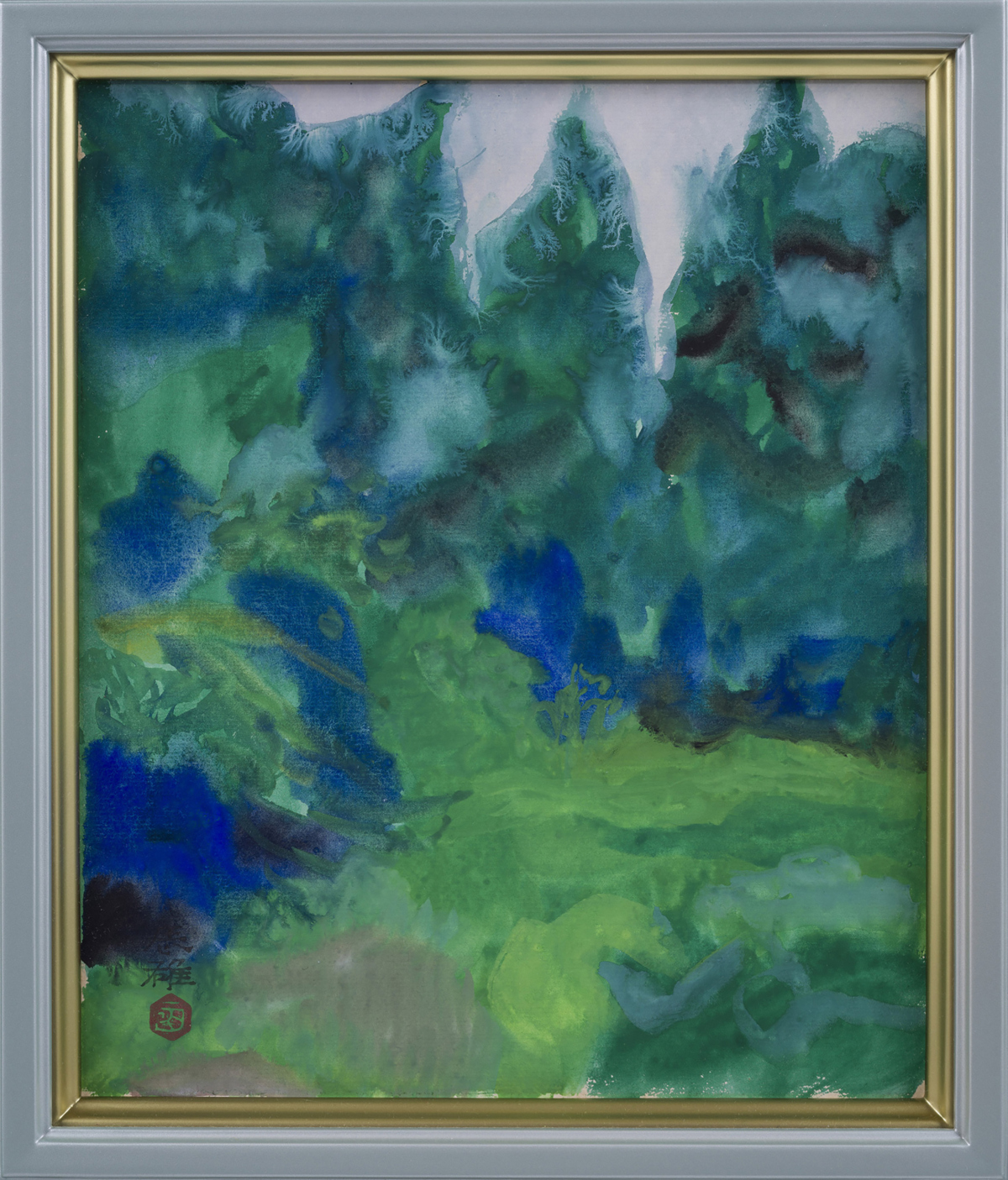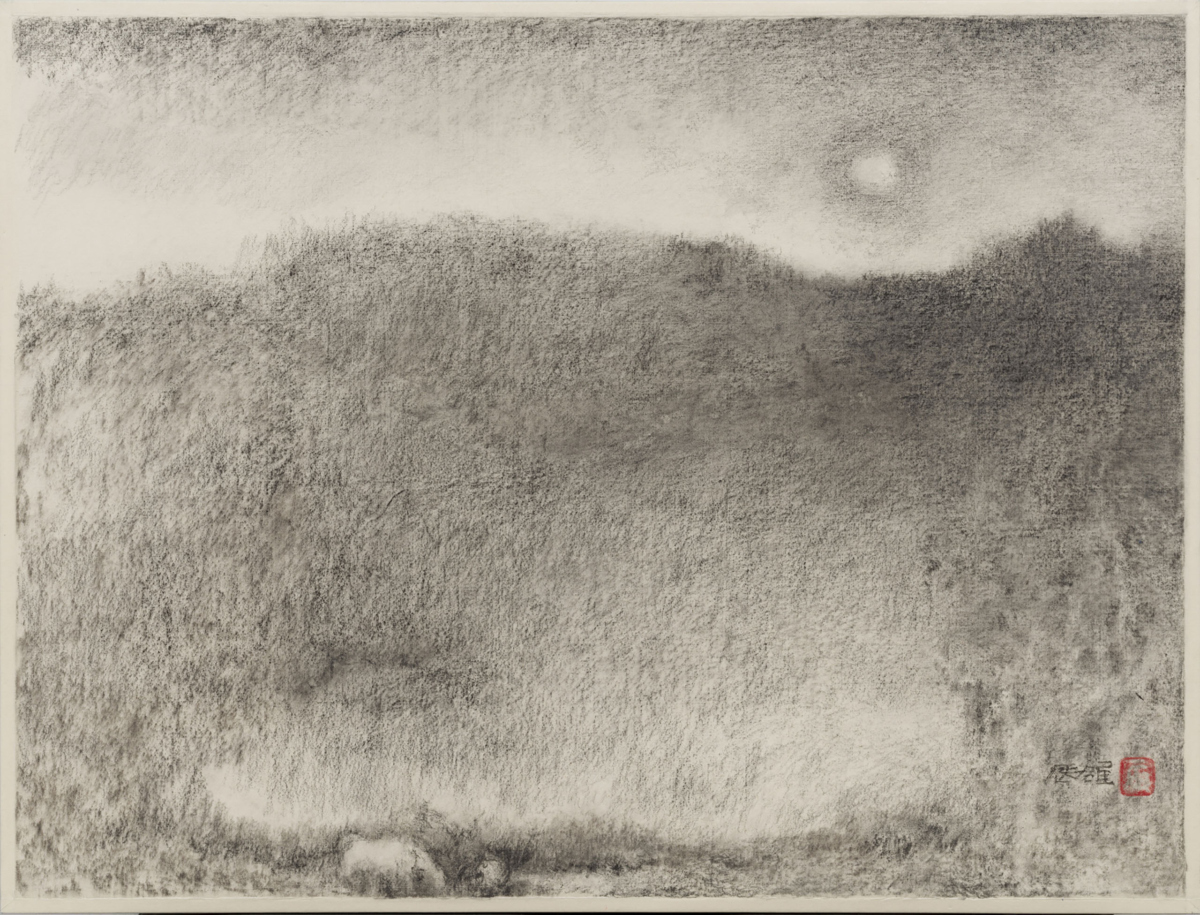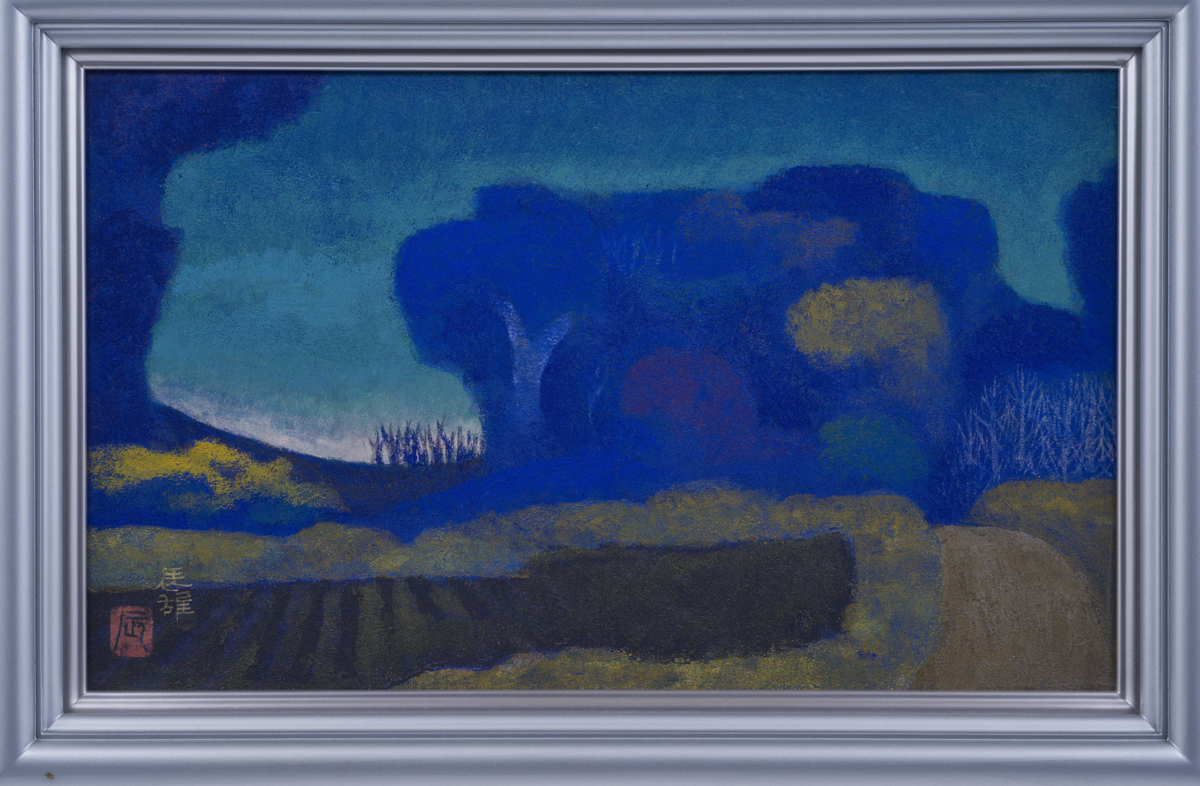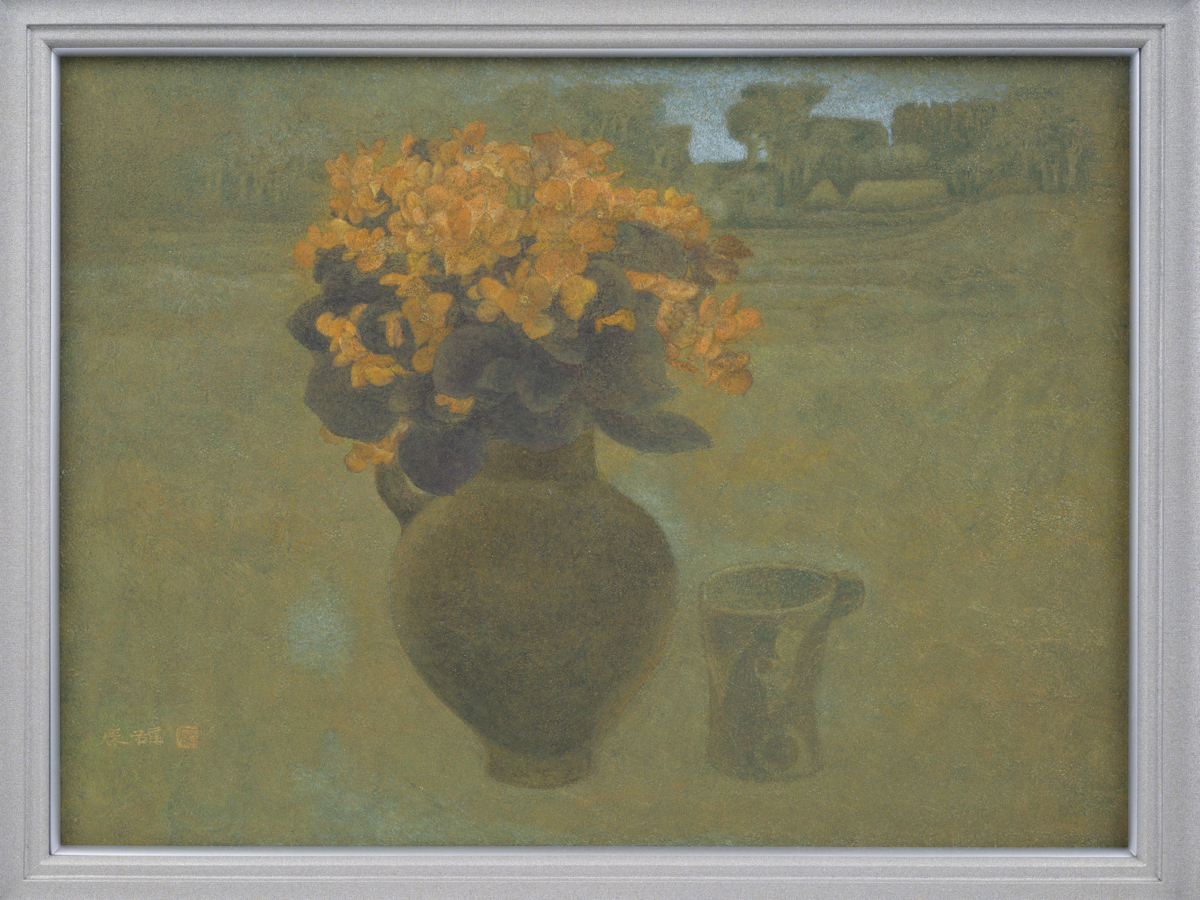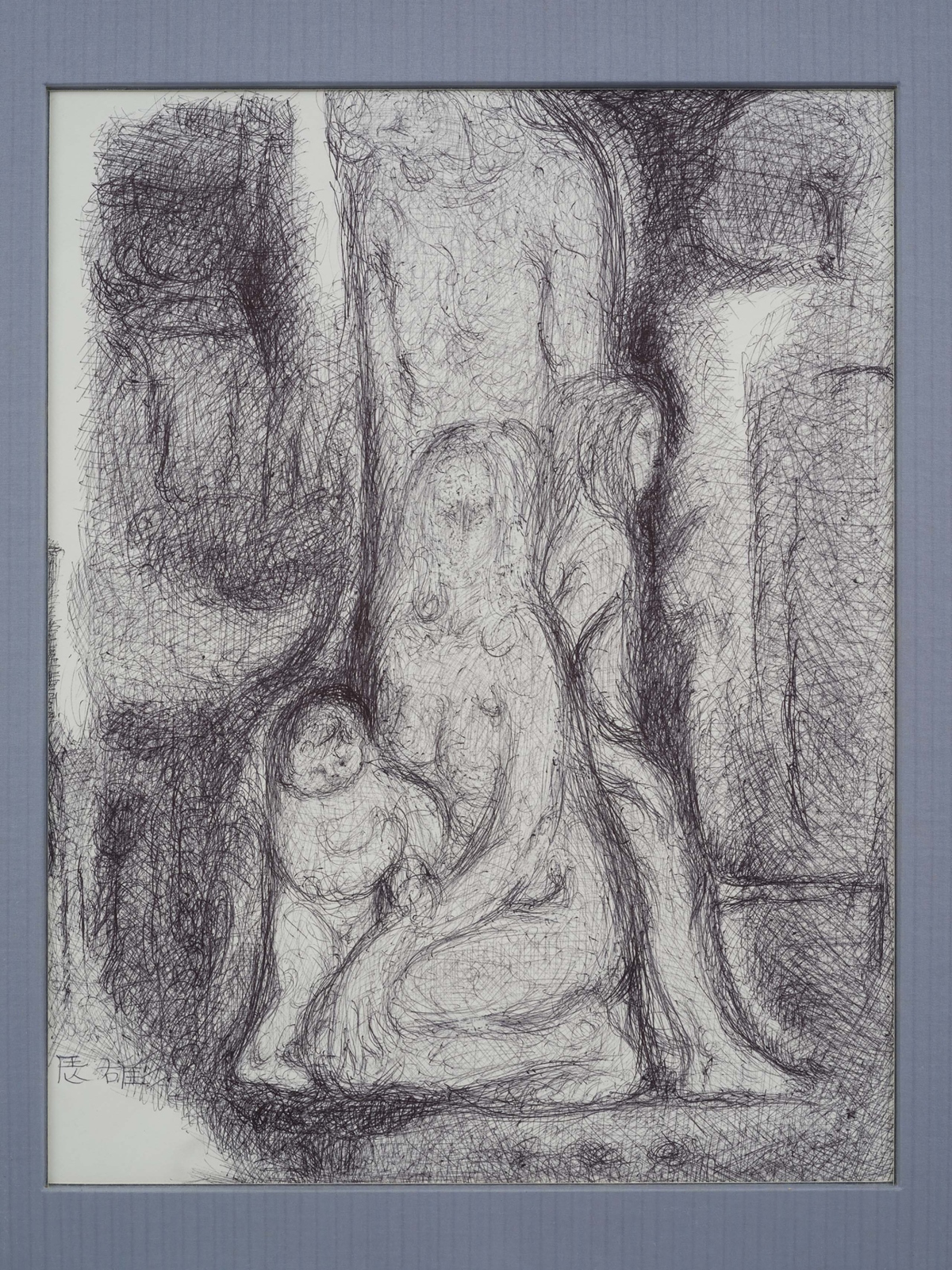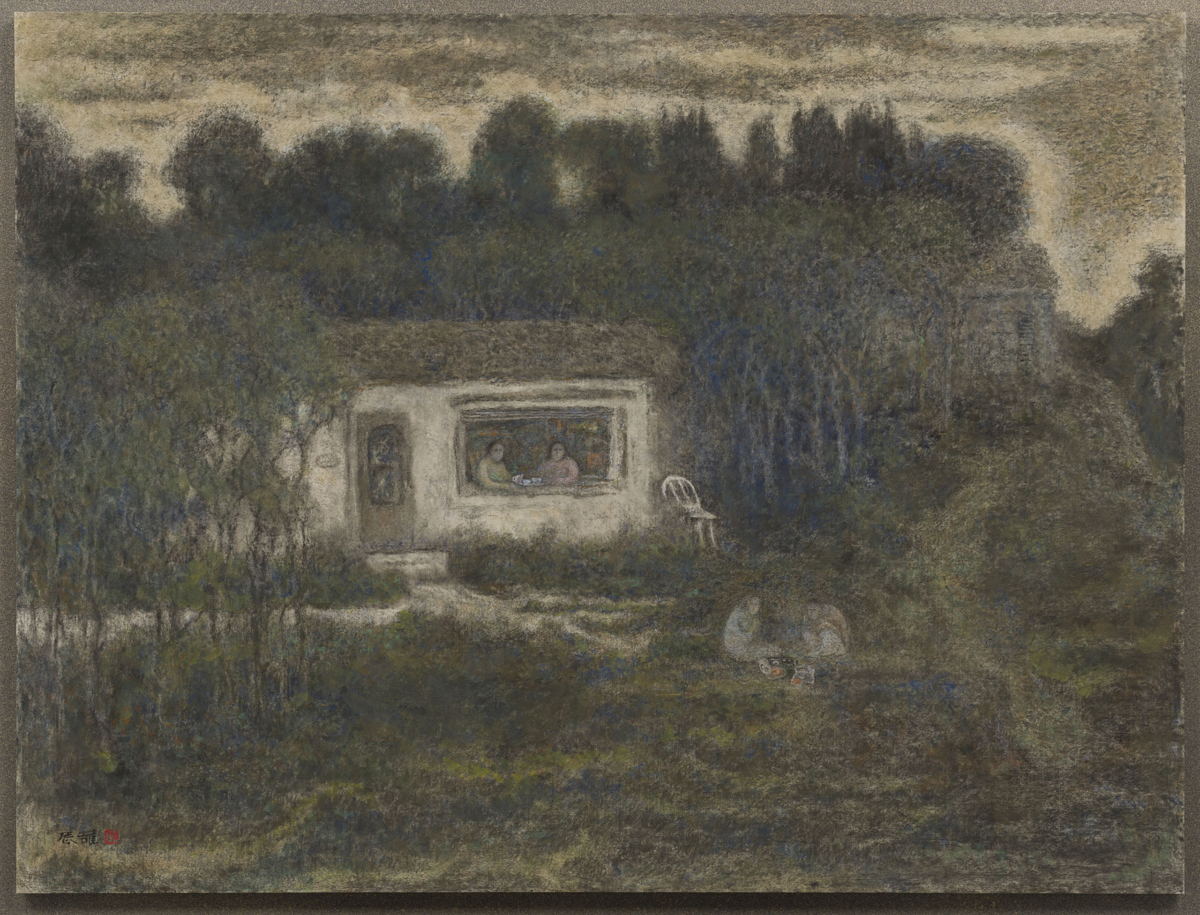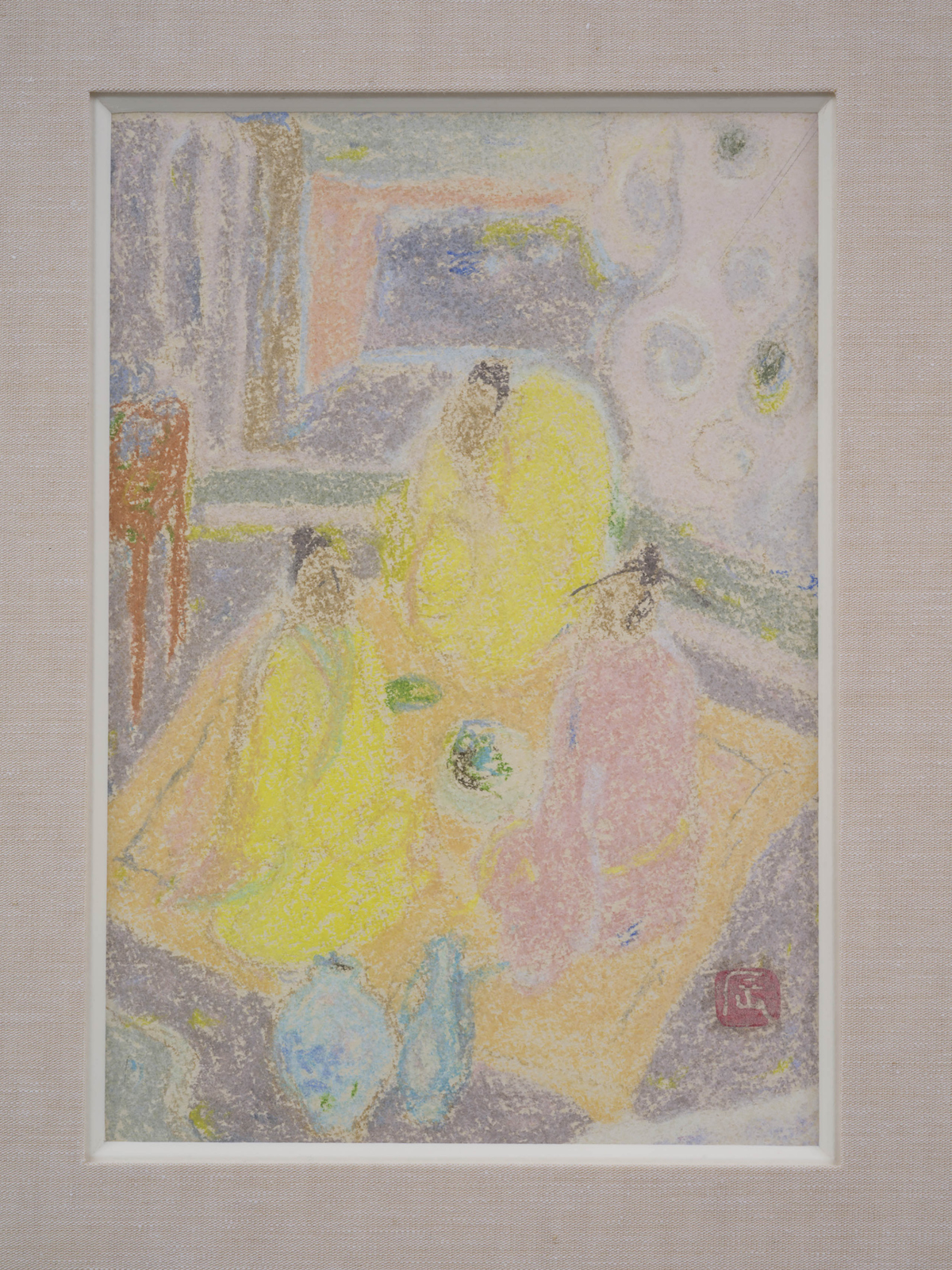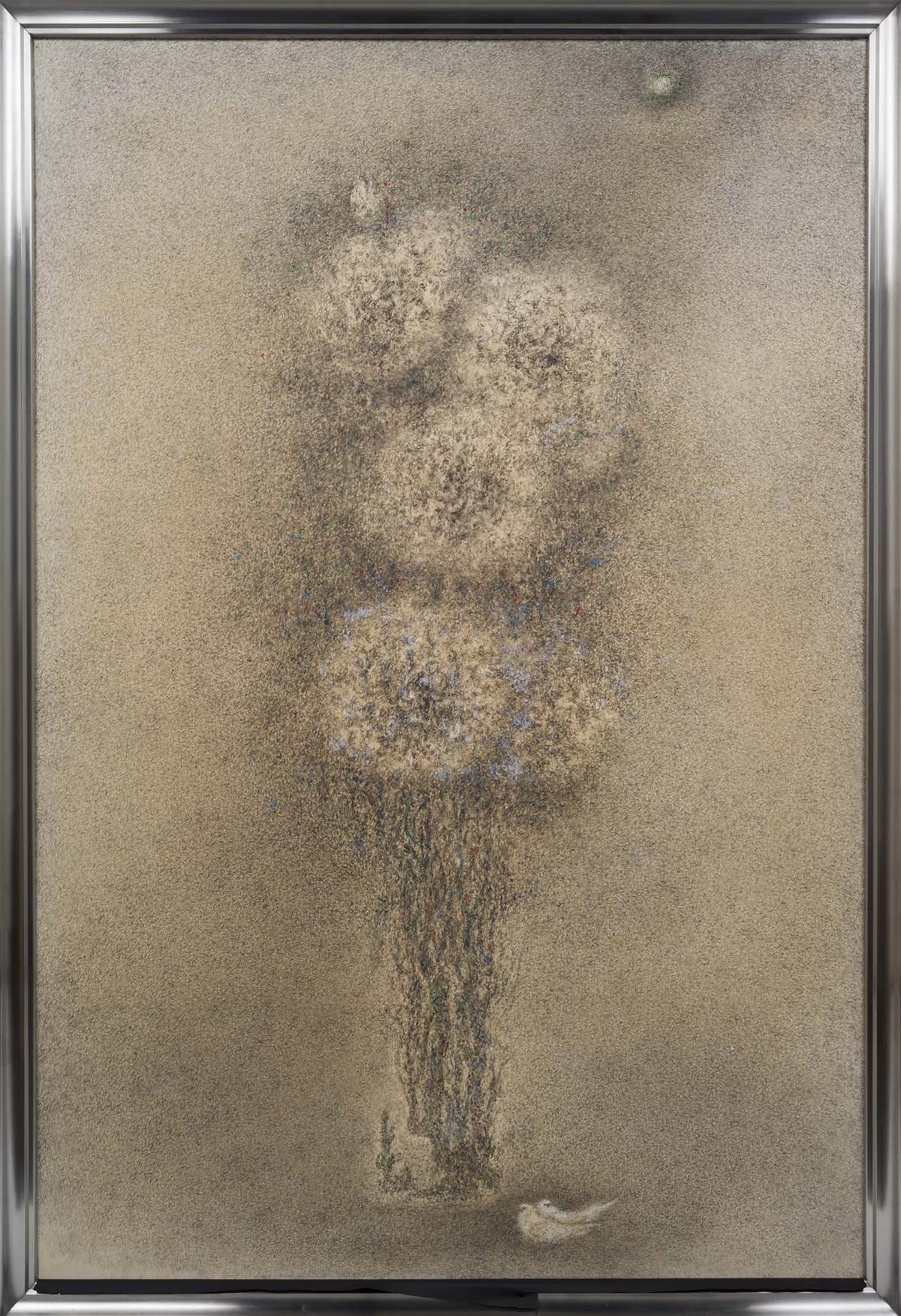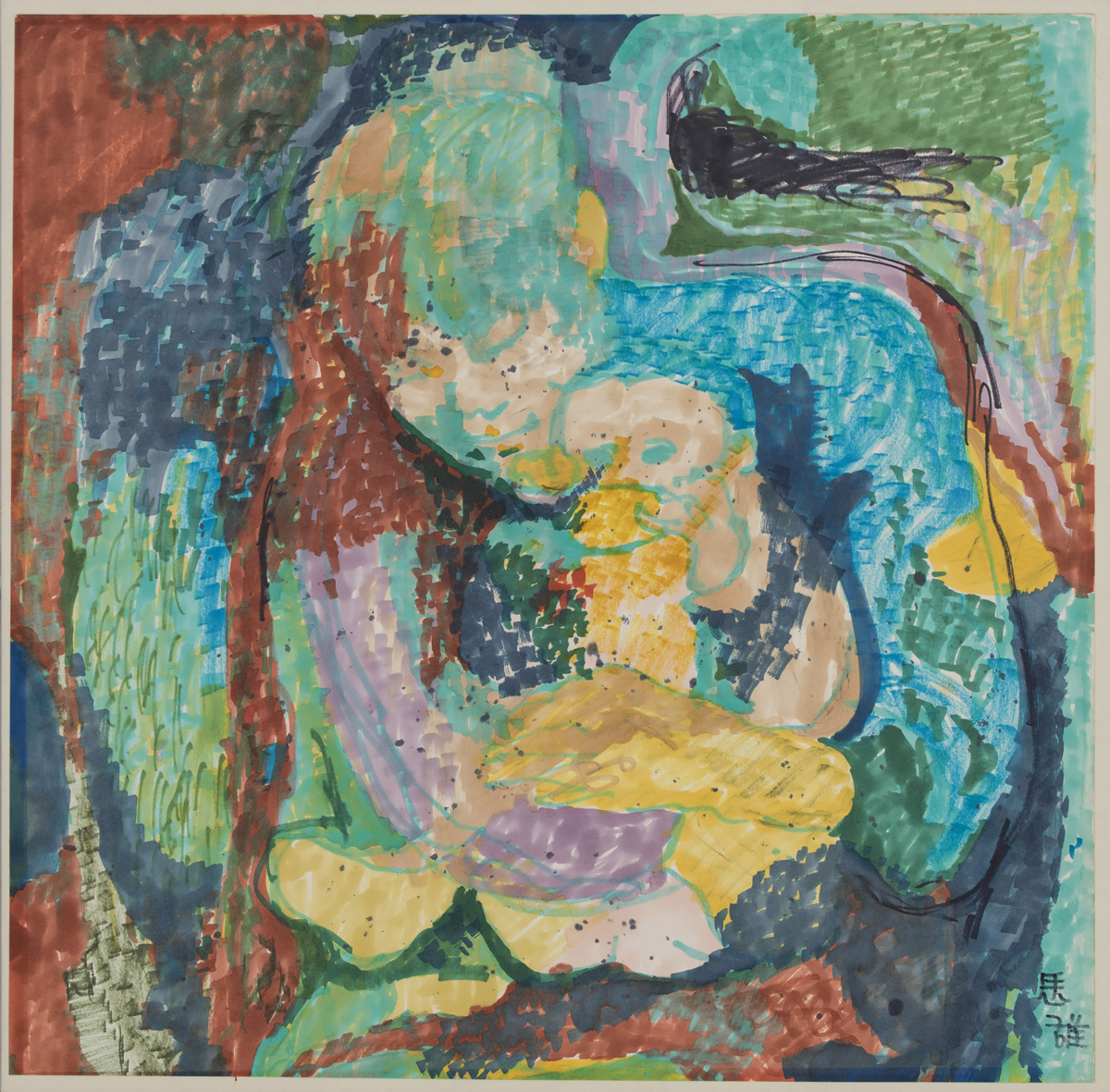Tokyo
Tatsuo Takayama
2019/1/19–2/23
Tokyo Gallery+BTAP is pleased to present a solo exhibition of Tatsuo Takayama.
As part of an exercise in revisiting post-war Japanese art, in 2017 and 2018 Tokyo Gallery+BTAP hosted exhibitions of the works of Torikai Seiji and Kagetsu Yasuo, respectively. Our upcoming exhibition features works by Nihonga artist Takayama Tatuso.
Born in Oita-shi in 1912, Takayama began studying Nihonga at the Tokyo Fine Arts School (now Tokyo University of the Arts) under Matsuoka Eikyu in 1931. Influenced by the West, Takayama devoted himself to the pursuit of realism before World War II, albeit using calm tones reminiscent of the Tosa school. After the war, the disparity between Nihonga and the reality of post-war Japan caused the artist to start questioning his style. On the recommendation of Yamamoto Kyujin, Takayama read the biography of Paul Gaugin, which would strongly influence his painting style and approach to life. Takayama went onto paint even more deformed, abstract works that comprised non-traditional fields of colour.
In 1962, Takayama painted Shussan, which may be described as the formative culmination of his post-war work, after seeing works by Song dynasty Chinese painter Liang Kai. In the 1970s Takayama began creating monotonal paintings reminiscent of sumie [ink wash painting]. Late in life, the artist went on to create independent interpretations of the senga [line drawings] that characterize Asian art, making intentional use of the ink bleeding effect.
This exhibition features works that Takayama painted late in his life. It is our hope that, at a time when the world is becoming more homogenous, this exhibition will encourage viewers to consider what kind of art should be passed down to future generations in Japan.
